All dairy industry professionals understand that the daily difficulty of the job lies in the finer details.
Temperature monitoring in particular plays a key role at various points in the supply chain. Not only do cattle have a small window of comfort when it comes to maintaining their internal heat, but the milk produced is defined as a potentially hazardous food by Food Standards Australia (FSA) and needs to be treated as such.
Automated temperature data logging is becoming a key component of dairy industry operations as technology has made the process of collecting information about environmental surroundings much simpler.
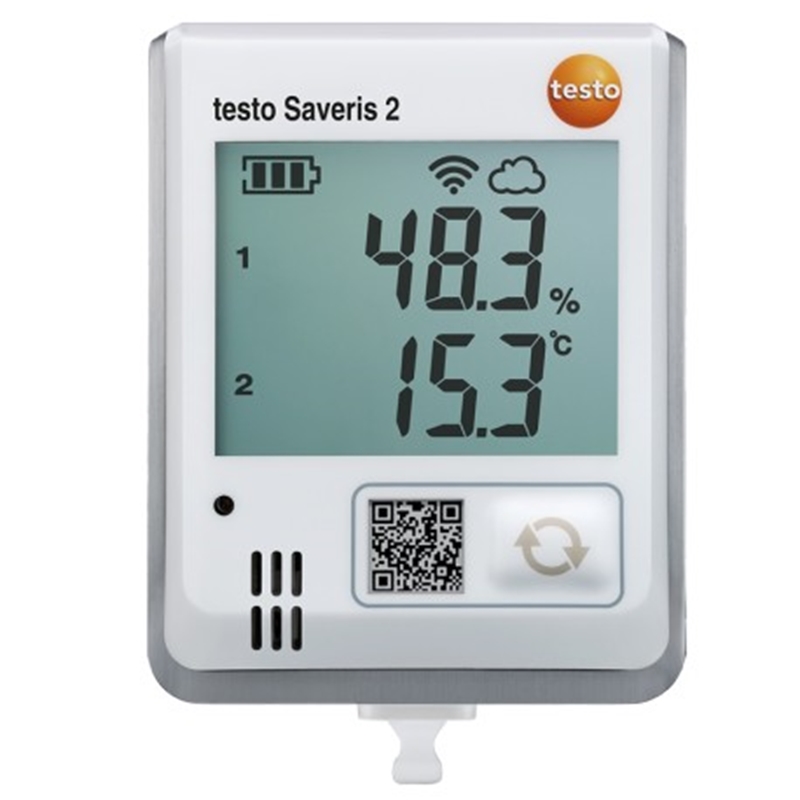
Creating a controlled environment
While a cow's core body temperature is largely sustained through eating and digesting food, external factors such as the temperature of its setting can become contributing factors, according to the Australian Department of Agriculture, Fisheries and Forestry. Ideally, cattle temperature shouldn't drop below 38.6 °C or rise above 39.3 °C.
A report from the University of Kentucky found body temperature to be the most important component of understanding the impact environmental factors have on lactation and reproduction. Utilising a data logger like the testo Saveris 2 can allow agricultural specialists to keep track of conditions in an effort to analyse optimal settings for cow enclosures.
Ensuring food safety
Another key aspect of dairy industry professionals' job is maintaining healthy food storage temperatures for the product. Standard 3.2.2 of the Australian Food Standards (FSA) Code mandates that foods which can be contaminated by bacteria through improper care are required to be stored under 5 °C or over 60 °C, the FSA reported.
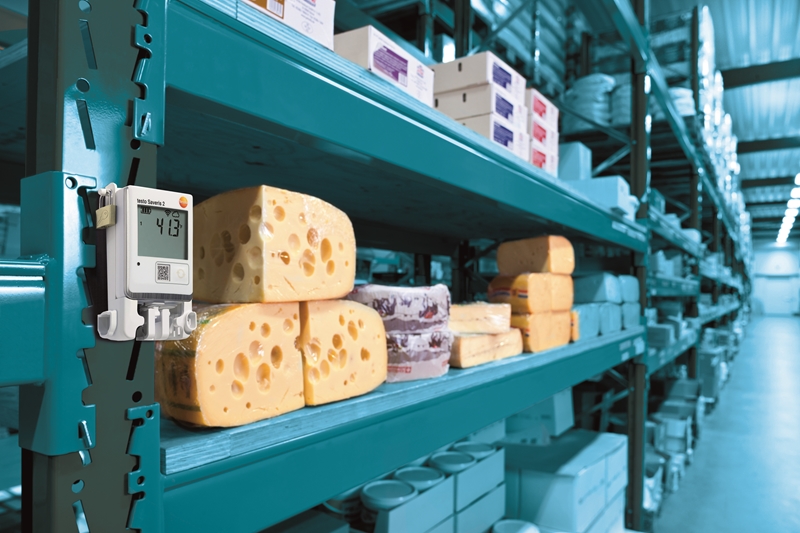
The testo Saveris 2 data logger is ideal for maintaining the temperature during the storage and transport of dairy products. The system allows for remote monitoring of the environment while simultaneously transmitting data through WiFi, which can then be accessed on the cloud. Users are notified immediately of any fluctuations in temperature through text or email, both of which support a quick response time that's often the difference between food becoming contaminated.
Businesses must be able to show proof of their methods of maintaining the integrity of potentially hazardous foods, and the Saveris 2 can do just that. With a system and software flexible enough to be displayed in multiple places and still provide highly accurate data, it's a perfect fit for an industry where improper care of dairy products can have a disastrous impact. Contact a Testo representative today to learn more.



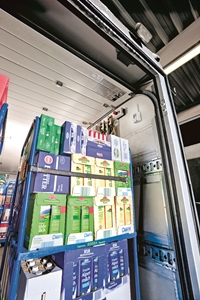
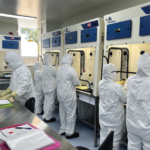

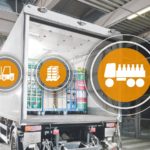
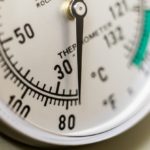

 Reduce cooking oil costs while ensuring quality
Reduce cooking oil costs while ensuring quality Expert knowledge on CO2 monitoring
Expert knowledge on CO2 monitoring Refrigeration knowledge - in 3 modules
Refrigeration knowledge - in 3 modules



